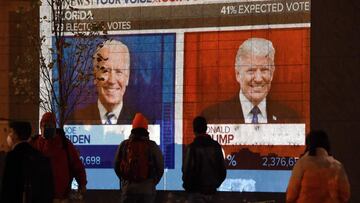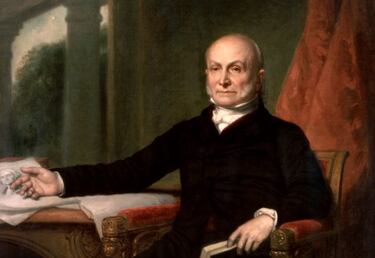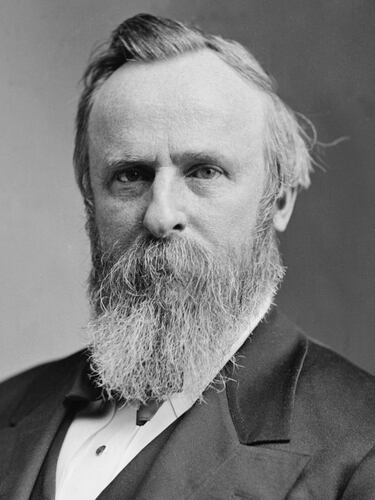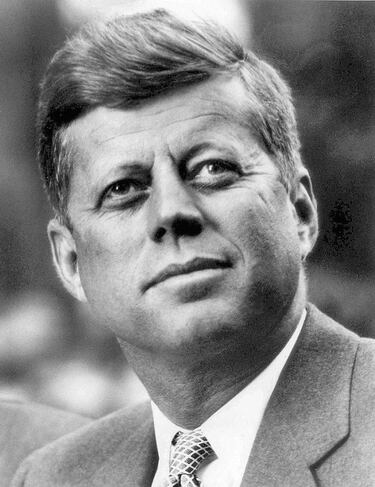US presidential Election 2020 results: which has been the closest election ever?
Depending on how the final votes tally, the 2020 US presidential election between Trump and Biden could be won by one of the tightest margins in US history.

The 2020 presidential election is a nail-biter as counting continues and there is no way to know when the final vote may be known. President Trump is falsely claiming fraud in the election in an attempt to stop the counting of legally cast votes in states where the margin is so thin that a call can’t be made. Depending on the way the tabulation goes this could be the closest election in modern US history in the electoral college even though the popular vote has Joe Biden leading Donald Trump by around 4 million votes or just under 3 percent.
What other elections have been close?
So, which of the other 58 elections have been squeakers and which had the closest margin of victory? One problem with answering this question is that the US has a long history of holding elections and the very nature of the country has changed a considerable amount over the course of history since its founding, making it hard to compare elections on a like-for-like basis.
There are two ways of looking at this question as US presidential elections are decided by an electoral college not a direct or popular vote. So, a candidate can win the popular vote which has happened five times in the past but lose the White House in the electoral college.
The Encyclopedia Britannica lists 5 remarkably close elections in US history all of them happening since the US started keeping records of the popular vote.

1824 contingent election
The election of 1824 was a four-way race in the electoral college and no one candidate had the required number of electors to be President. The race ended up having to be decided by the House of Representatives between the two front runners Andrew Jackson and John Quincy Adams. Adams who was in second place had an ace up his sleeve in the form of the Speaker of the House Henry Clay who became his Secretary of State.

1876 Hayes v. Tilden
The election of 1876 saw the popular vote favor Samuel J. Tilden but the electoral college left him one vote short. The 1877 comprise was reached and the runner-up Rutherford B. Hayes became President. There was only about a 250,000 vote difference between the two candidates.
During the two-party system
In modern times it is a bit easier to talk about what the closest races have been as our country has fallen into a two-party system and third parties rarely win a significant share of the electoral vote to affect the outcome.

1960 Kennedy vs. Nixon
Related stories
The popular vote winner would be the race between John F. Kennedy and Richard Nixon in 1960. Although Kennedy had a comfortable margin in the electoral college 303 to Nixon’s 219 the popular vote margin was tight. 1960 was one of the elections in modern times with the highest turnout with 63.8 percent or 68.8 million votes casting ballots. Just 112,827 votes separated the two candidates or 0.17 percent of the vote.
2000 Bush v. Gore
In the electoral college the narrowest of victories came in 2000 in the battle between Al Gore and George W. Bush. This election will be forever known for the vote count in Florida that went so wrong but credit where credit is due to the Sunshine State, they’ve made improvements. The final national vote count had some 500,000 votes in Gore’s favor but Bush got the electoral college for the win 271 – 266.


